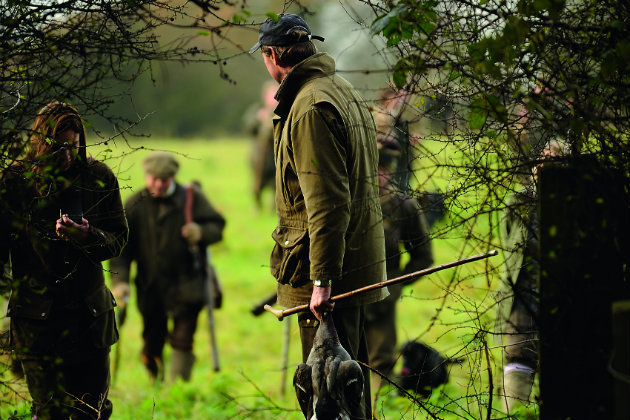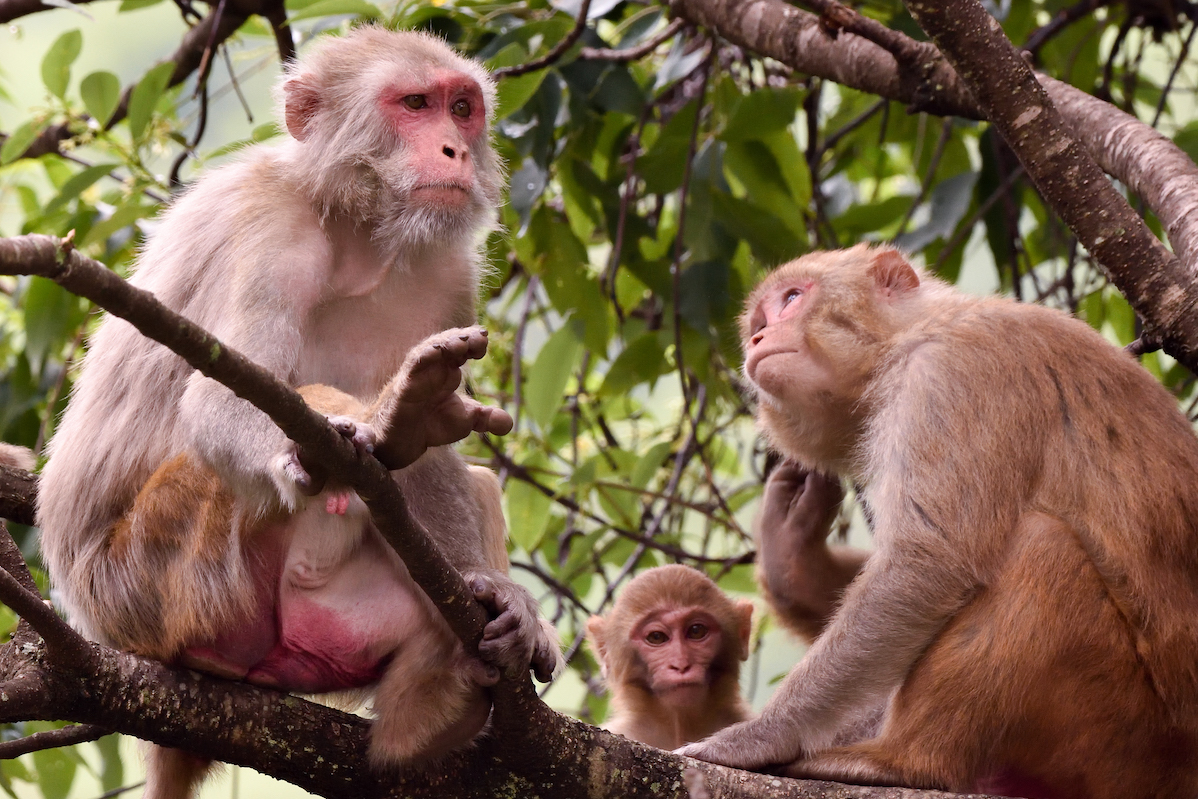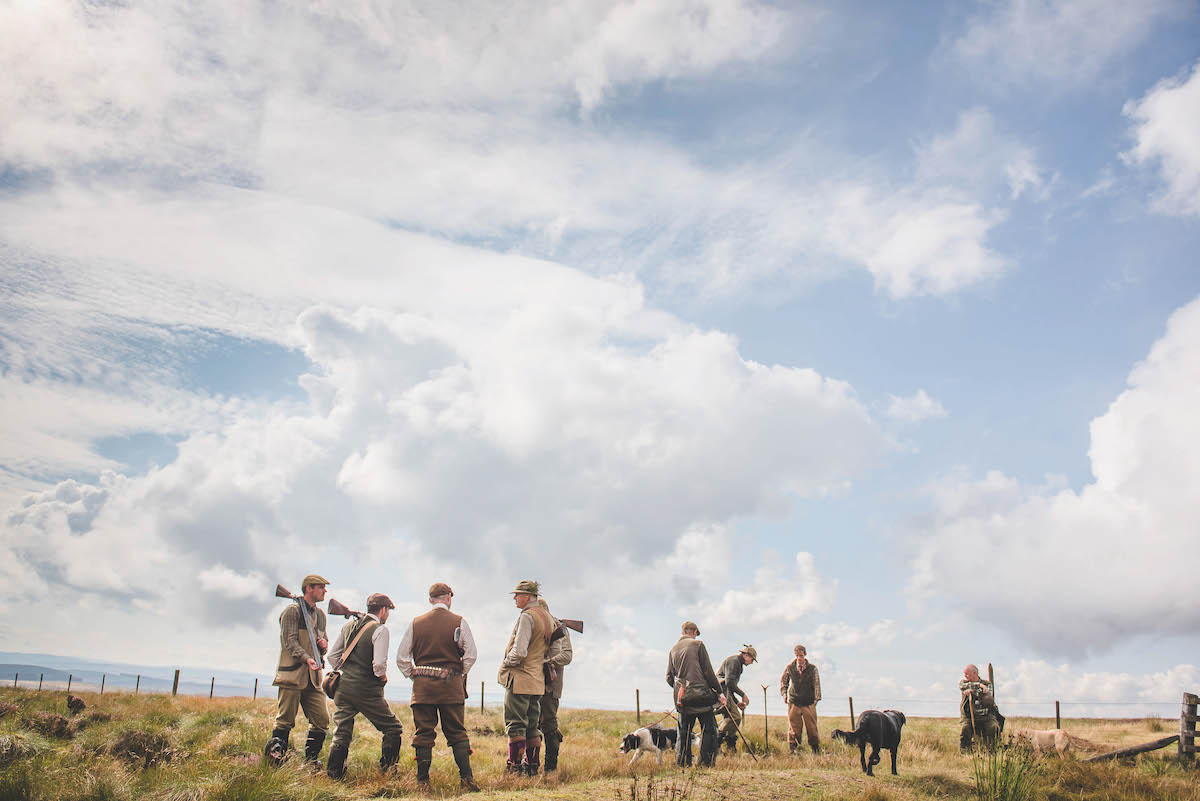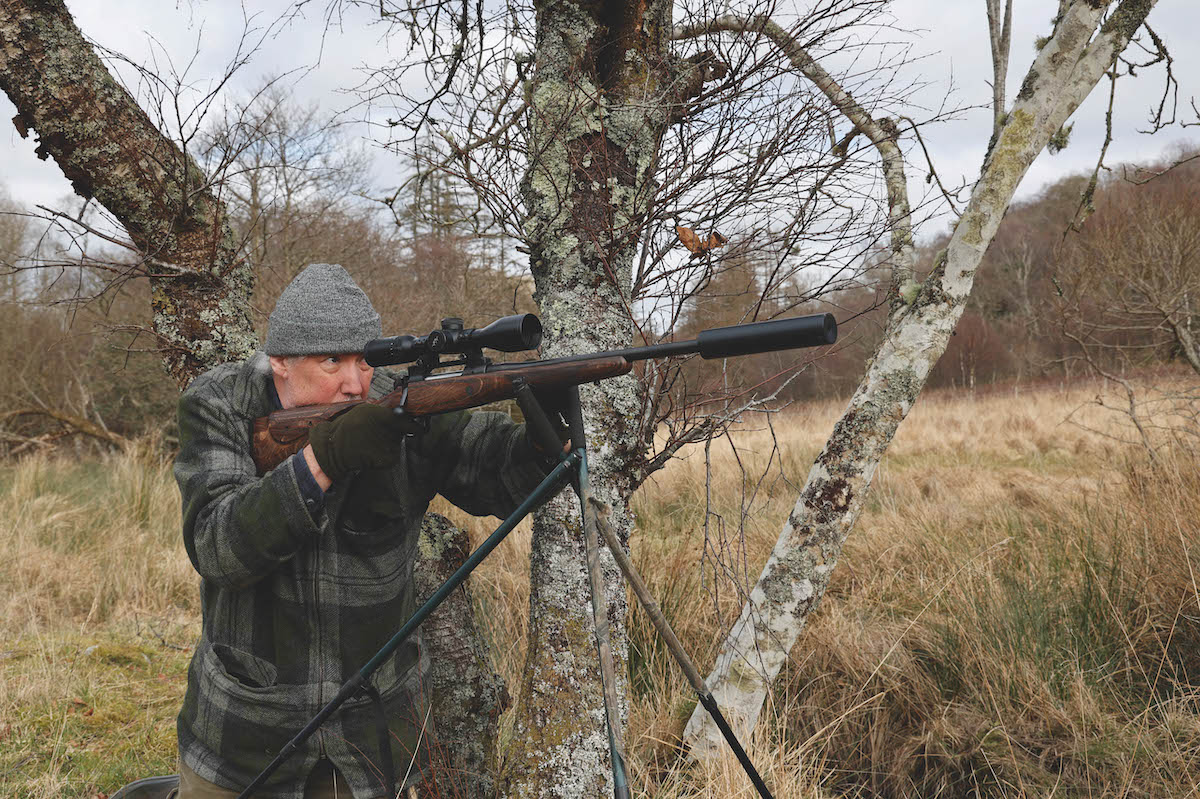Tax and the DIY shoot
If you are looking to make a profit from a farm or DIY shoot, it’s important to understand the tax rules, as David Bussey explains.

If you are employing anyone on your shoot, including occasional beaters and pickers-up, you need to understand the rules regarding PSYE and Real Time Information
Many shoots on farms and estates, with just a modest number of shoot days taken by family and friends, will be run as DIY shoots and private affairs and very much outside the scope of tax and VAT. But there may also be thoughts as to whether the shoot could make money if placed on a commercial footing. Points to consider, apart from tax, include marketing, what to charge, cost control, and whether the gamekeeper is able to take on the task. The tax implications of going commercial are broadly as follows…
Value added tax
The VAT treatment of the shoot income is often one of the biggest tax considerations, as customers will rarely be able to recover any charged on let days. If the entity or individual running the business is VAT registered then it must be charged on commercial shooting invoices. If they are not registered and the VATable turnover of the business, including the commercial shooting, is below the registration limit then none needs to be charged. But at the same time none can be claimed on the costs.
If simply covering the shoot costs is the main concern, and if set up and run correctly, a shooting syndicate restricted to friends and family who contribute their share of the costs would not constitute a business and would therefore be outside the scope of VAT. Care is needed, however, over how the syndicate is managed, and typically it will be unable to charge for let days. Establishing a members’ sports club is a way of increasing shoot income whilst securing exemption on shoot fees, but there are extensive restrictions, including the involvement of the land/sporting rights owner (and anyone connected to them) in the management of the club, which makes it unattractive to many. Crucially, any profits/surpluses generated are not distributable by such clubs.
Another aspect to consider is how any personal days taken by the landowner will be accounted for by a commercial shoot. The most straightforward way is to raise an invoice for the day at market rate plus VAT if applicable. This also lends weight to the commerciality of the business. The VAT suffered will be a cost to the landowner but this approach will enable all VAT on business purchases to be reclaimed. The other approach would be to apportion the tax incurred on purchases between commercial and private shooting, restricting recovery on the private proportion. Benefit-in-kind issues can arise if the business is run through a company and personal let days are not subject to the normal commercial rate.
HMRC has strict rules regarding VAT and private shoots, and care is needed if it is not being charged to ensure that this is the correct treatment.
Income tax and the DIY shoot
If a DIY shoot or farm shoot makes a profit, then those deriving that income will be liable to Income Tax and National Insurance at the appropriate rate. If losses are made but the shoot is being operated commercially, then Sideways Loss Relief should be available up to the usual limits. Further capping of relief may occur depending on the amount of time actively engaged in the shoot business.
A difficulty here is that smaller shooting enterprises often struggle to be profitable and hence there is a danger that HMRC will disallow the losses on the basis that the business is not truly being run with a view to profit. However, it is worth noting that, in looking at the commerciality issue, HMRC will look at the taxable result before the deduction of capital allowances.
Also, it is not unreasonable that losses will be made, especially in the early years of a business, and hence if the taxpayer has evidence to show they are operating commercially (the so-called ‘badges of trade’) then loss relief should be available.
An advantage of trading is that capital allowances can be claimed on capital expenditure including shoot equipment and commercial vehicles, and the Annual Investment Allowance of £200,000 means that small businesses will normally get tax relief on this expenditure immediately.
PAYE
PAYE and Real Time Information (RTI) requirements can be onerous for hiring in ‘casual’ labour such as beaters. This should be borne in mind from the outset. Broadly speaking, under RTI all payments to employees (including casuals) should be reported to HMRC electronically on or before payment. An exemption exists for casual workers paid on the day so that the payroll can be run weekly, but this is still an onerous requirement for a small business, as the employer is required to gather information from the casual workers including their NI numbers. For this reason, some employers in the industry have moved to paying casual workers monthly in order to reduce the administrative burden. An exemption for micro-employers with fewer than 10 employees to report payroll monthly ended on April 5, 2016.
RTI also affects private shoots and syndicates, but where all staff employed by an entity or individual are paid below the weekly PAYE limit (currently £112), the employer will be outside the scope of RTI.
Gamekeepers are often provided with accommodation by their employer and under current rules, these amounts should be exempt from tax or NI on the basis that it is customary for workers in this kind of employment for such accommodation to be provided. However, a word of warning, as the Office of Tax Simplification’s review of benefits recommended that the customary test for exemption should be dropped. We await the Government’s next move on this.
Inheritance tax and capital gains tax relief
The shooting rights of an in-hand shoot operated commercially ‘with a view to gain’ should qualify for Business Property Relief (BPR) at 100 per cent. Where the shoot is maintained as a private concern, albeit within a syndicate, the land would only qualify for Inheritance Tax Relief if in agricultural use or for commercial woodland. Using the land for a private shoot alone will not trigger such relief.
However, where the land is under separate ownership from the entity or individual running the shooting operation, the position is less straightforward, and depending on the facts it is likely that Business Property Relief would not be available.
Where the shoot is part of a mixed estate business with trading and rental arms, then having a commercial shooting operation would help in running a ‘Balfour’ argument that the business as a whole constitutes a trade in order to secure Business Property Relief. A private shoot would fall outside any such considerations.
Finally, the sale of a commercially run shooting business and the assets thereof may be eligible for Entrepreneurs Relief and this would attract capital gains tax at the rate of 10 per cent, or Rollover Relief if the proceeds were reinvested in trading assets, meaning deferral of any tax arising. A more likely scenario is perhaps the gift of such a business between family members, where it should be possible to obtain business asset Holdover Relief.
As with any change to the business, professional advice should always be a consideration from the outset.
David Bussey is a senior manager with Saffery Champness
10 top tax tips for game shoots you need to know
Tax tip 1. Check your shoot meets the right criteria Shoots that are run on a non-business basis, such as…
The world’s smallest shoot?
Back in the 1970s I made a couple of life-changing decisions. I resigned from a secure job in banking to…
HMRC: A guide to game shooting and the taxman
HMRC: A seasonal shoot-tax health check is a constructive way to maintain a good relationship with HMRC.











